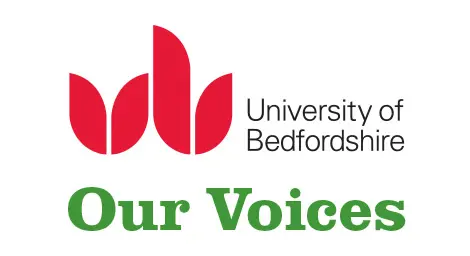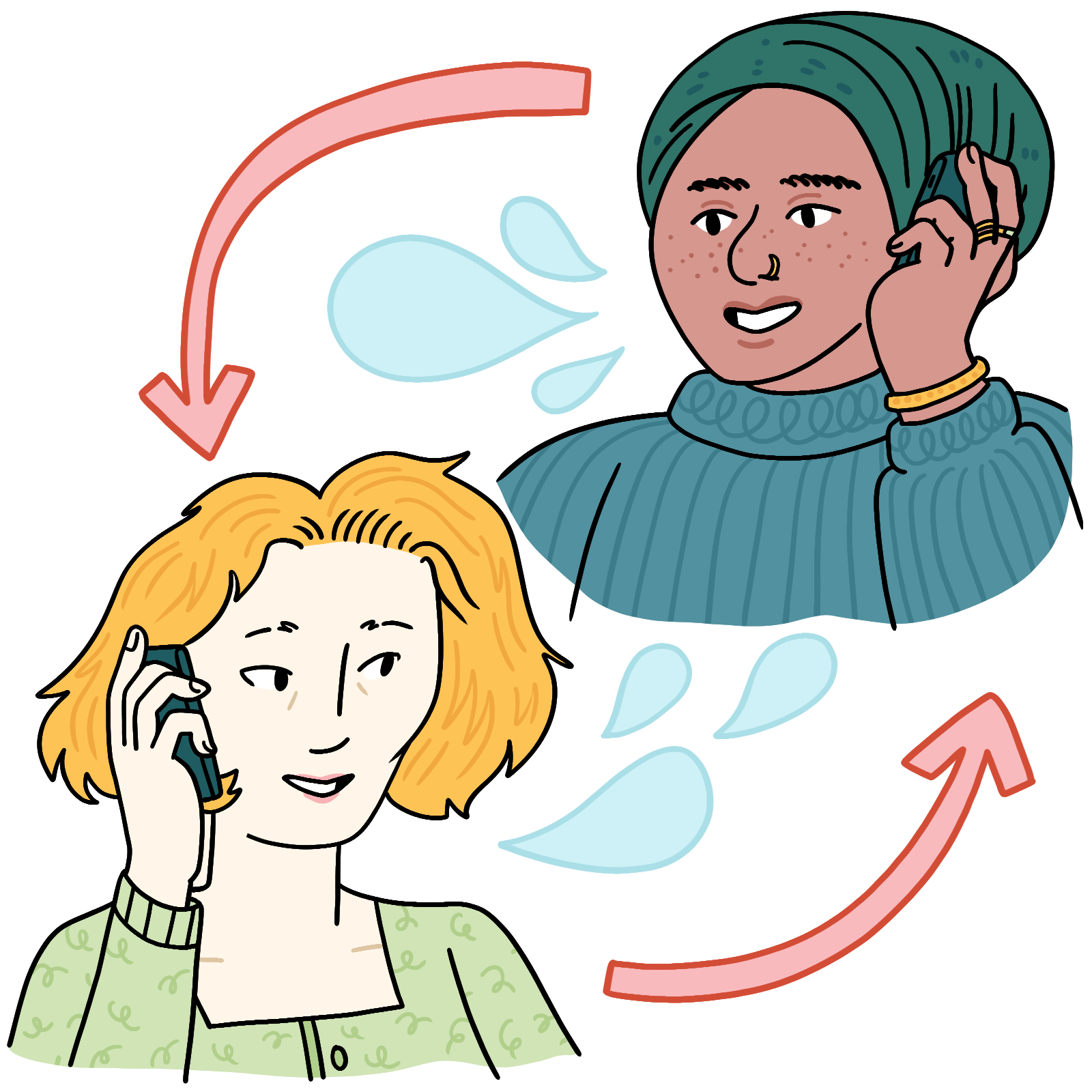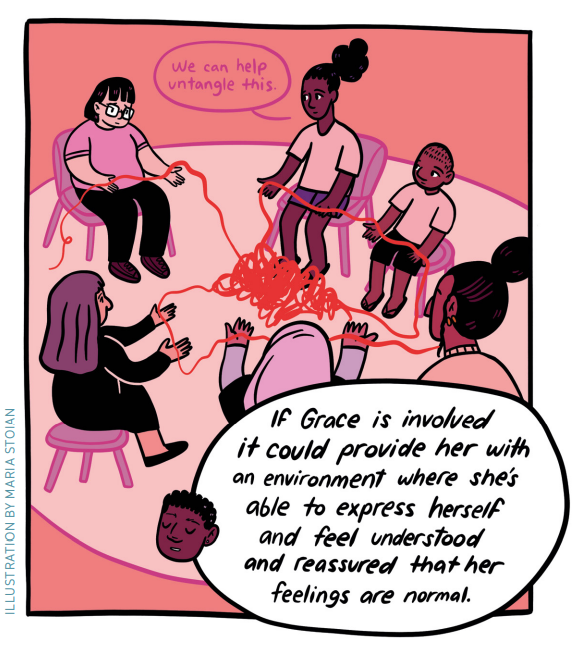When thinking about introducing projects and opportunities to children and young people, it is important to think about the language that will be used.
Due to the taboos and sensitivities around the sexual violence of children and young people, language is of particular significance.
For victims and survivors, the language used to talk about sexual violence is personal and emotive. Words can hold different meanings and associations for different people.
Where possible, it can be helpful to have conversations with young people in the respective project locations to understand their views and preferences around language.
|
Practice example: Discussing language during the Our Voices Consultations Our original Our Voices project involved consultations with children and young people in Albania, Bulgaria and the UK. These consultations included space to discuss what language would be helpful when discussing sexual violence and highlighted the importance of thinking carefully about this. For example, some young people (in the UK in particular) felt that ‘sexual violence’ was too difficult to say and sounded ‘too harsh’, but the group struggled to come up with alternative phrasing:
Read more about the consultations in ‘We have personal experience to share, it makes it real’: Young people's views on their role in sexual violence prevention efforts. |
Taking the time to explore and consider language is not only important in the initial recruitment phase, but should be considered throughout the project. Using particular language for a project may also have implications if young people go on to be involved in advocacy and dissemination elements (see more in section 6: doing).
Sexual violence is highly stigmatised and children and young people may feel reluctant to be associated with this topic or may face opposition from their family, friends or community in relation to participating in sexual violence research. This was voiced by young people who took part in our original Our Voices consultations:
‘A girl can be stigmatised if she gets involved in an information session about sexual violence’ (Youth Advisor from Albania).
‘Saying [you're] a volunteer is good but when it's a sexual topic it can be seen in a negative way’ (Youth Advisor from England).







